The Leica Q3 is the third iteration of the company’s fixed-lens full-frame camera. The original Leica Q was released nearly eight years ago, on 10 June 2015. It was a real surprise, with many novel features and was a big success for Leica. The Q2 arrived on 7 March 2019; it was the same basic concept with a raft of useful updates.
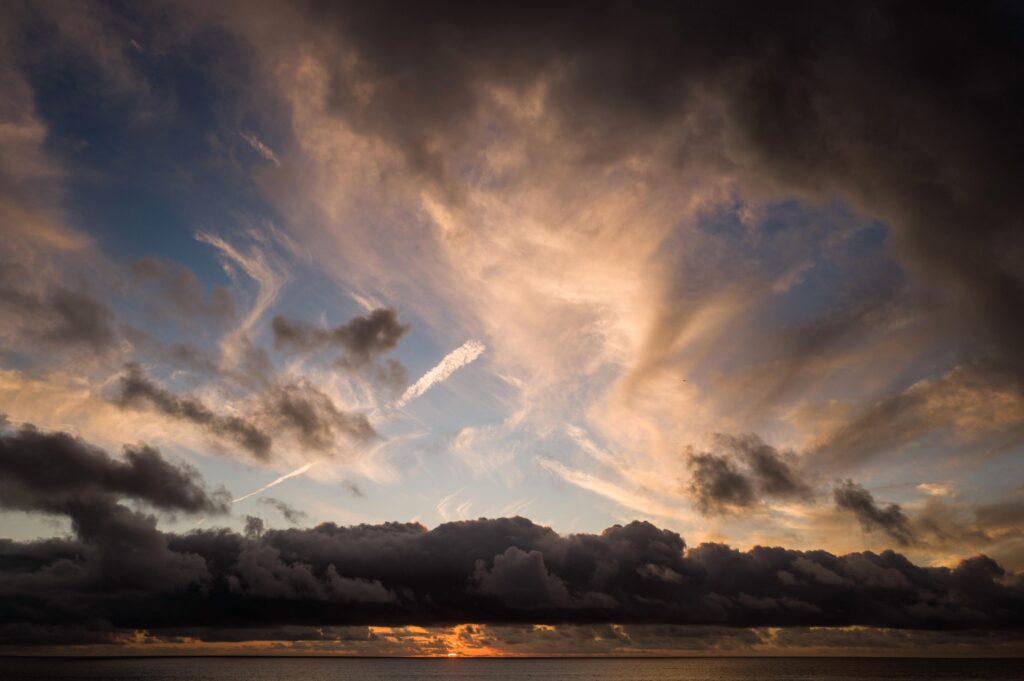
Leica Q3 1/200th f5.6 ISO 100
Looking back to the Leica Q2
It is just four years ago since the Leica Q2 came with (at the time) stunning specs:
- New full-frame 47MP image sensor
- Weather-sealed, dust and splash-proof
- New, faster Maestro family processing engine
- Same Summilux f/1.7 28mm ASPH lens
- New OLED EVF 3.68MP (same resolution as Q but clearer)
- Extended ISO range from 50 to 50,000
- Video Recording C4k24p/4k30p/FHD120p/FHD60p/FHD30p/FHD24p
- Higher speed autofocus
- Higher capacity battery (the same as that in the Leica SL)
- Faster top electronic shutter speed (1/40,000s)
- New three-button user interface (similar to that on the Leica CL)
- Touchscreen functionality on the LCD
- Improved digital zoom with frame lines for (28), 35, 50 and 75mm
- Improved Wifi and Bluetooth

Leica Q3 1/1000th f5.6 ISO 100
It was a big list! The Q2 has become a hugely popular travel camera and is in use today with hundreds of photographers, sometimes as a second device but often as a first camera. It’s so good that I know several professional photographers that use it as their primary camera.
I’ve just been to the LSI (Leica Society International) Spring Shoot in Rome, where I think there were more Q2s visible than M cameras and L cameras put together!
The Q2 was such a success that Leica then brought out the Q2 Monochrom.
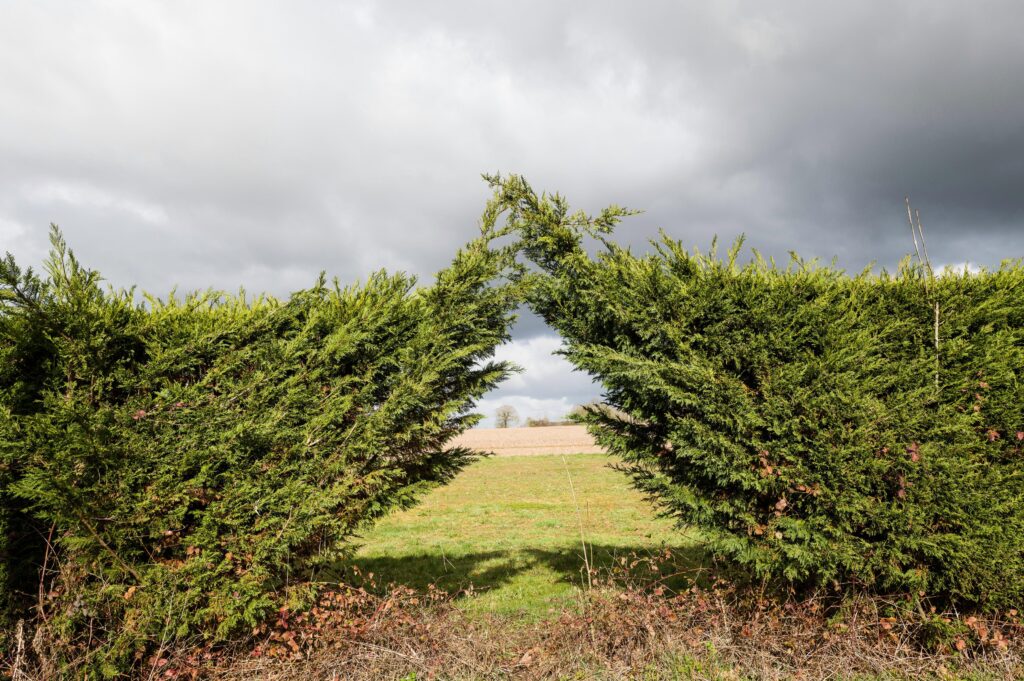
Leica Q3 1/400th f5.6 ISO 100
If you’re interested, then you can find my links to my reviews of the Q2, Q2 Monochrom and other stories at the foot of this article.

Leica Q3 1/640th f2.8 ISO 100
Moving on to the Leica Q3
So, Leica has now released the Q3. I’ve had one for several months now, and in this article, I’ll discuss the improvements (or otherwise) in relation to the Q2.
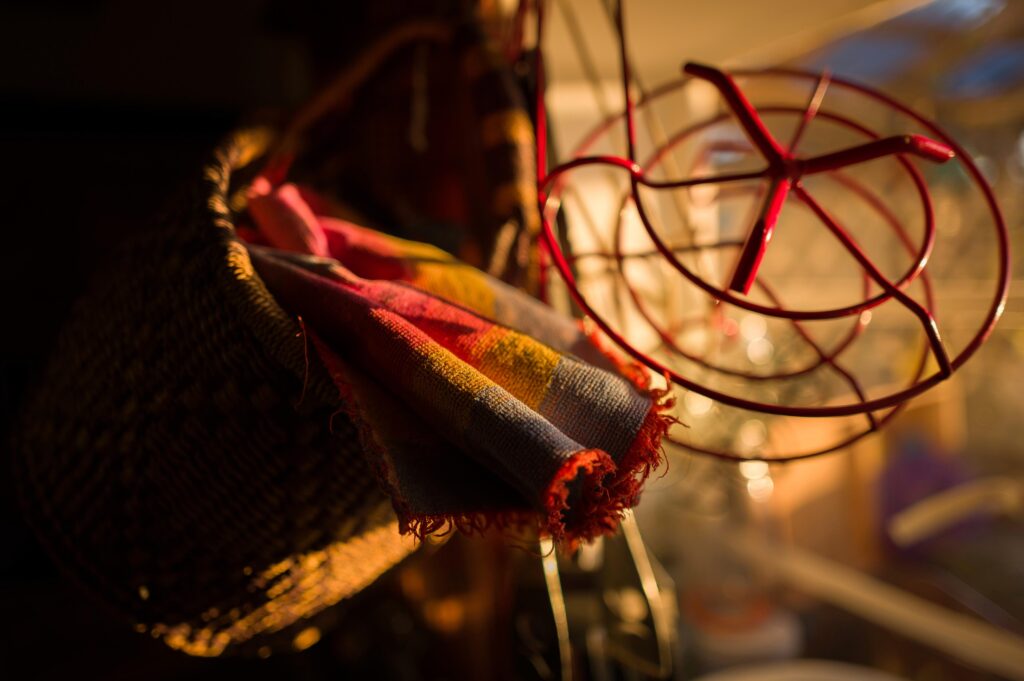
Leica Q3 1/200th f1.7 ISO 100
Changes:
- New 60MP BSI Back Illuminated CMOS Sensor (similar to that in the M11)
- USB-C and Mini HDMI connectors
- PDAF Focusing
- Tilting LCD
- Improved Bluetooth and WiFi
- Small, Medium and full-sized DNG and/or JPG files 60.3, 36.5, 18.6 MP
- Reliable Geotagging in conjunction with Leica Fotos
- Rear button layout change
- Long exposures are possible (with any combination of ISO and shutter speed). Long Exposure NR can be disabled.
- One additional function button
- USB-C charging
- Optional grip enabling induction charging
- Higher resolution EVF with 5.76 million dots, magnification 0.79
- Higher resolution display 3-inch 1,843 million dots
- Digital Zoom now has 28, 35, 50, 75 and 90mm frame lines
- “Leica Looks”

Leica Q3 1/8th f2.8 ISO 125
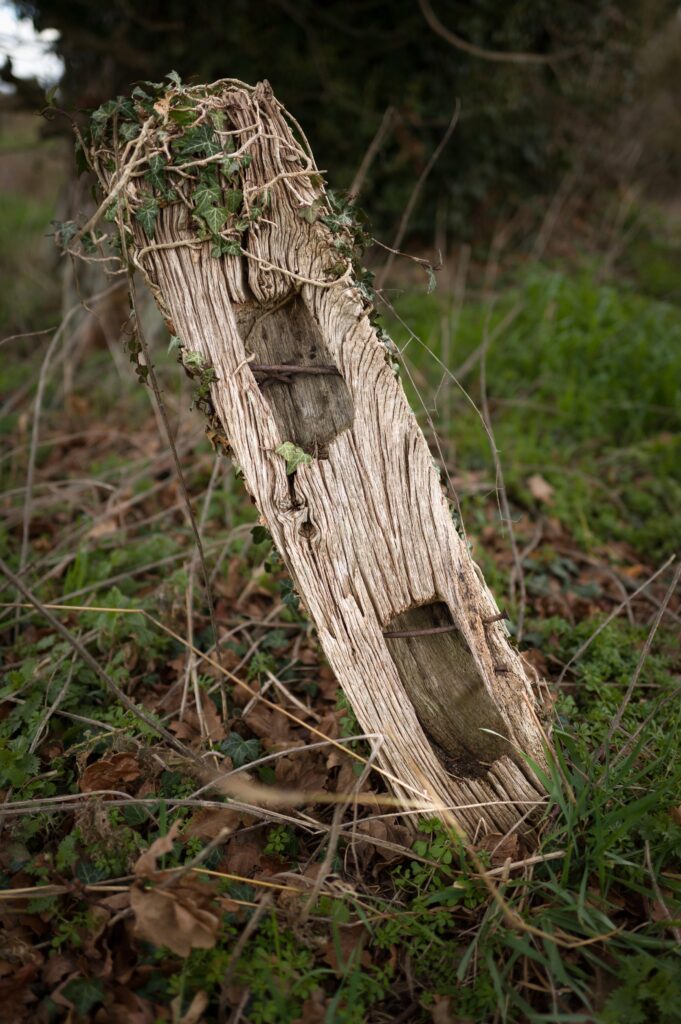
Leica Q3 1/640th f1.7 ISO 100
The body
The Leica Q3 has the same wonderful 28mm f/1.7 Summilux lens as its predecessors. This is certainly a case of, “If it ain’t broke, don’t fix it”.
However, there are changes to the rear of the body
Tilting LCD
Leica has been doing its research, and the most requested new feature was a tilting rear monitor (although it doesn’t twist).
This will save you dirty knees when photographing that toadstool and allow you to take photographs over the heads of the crowd at any event or concert.
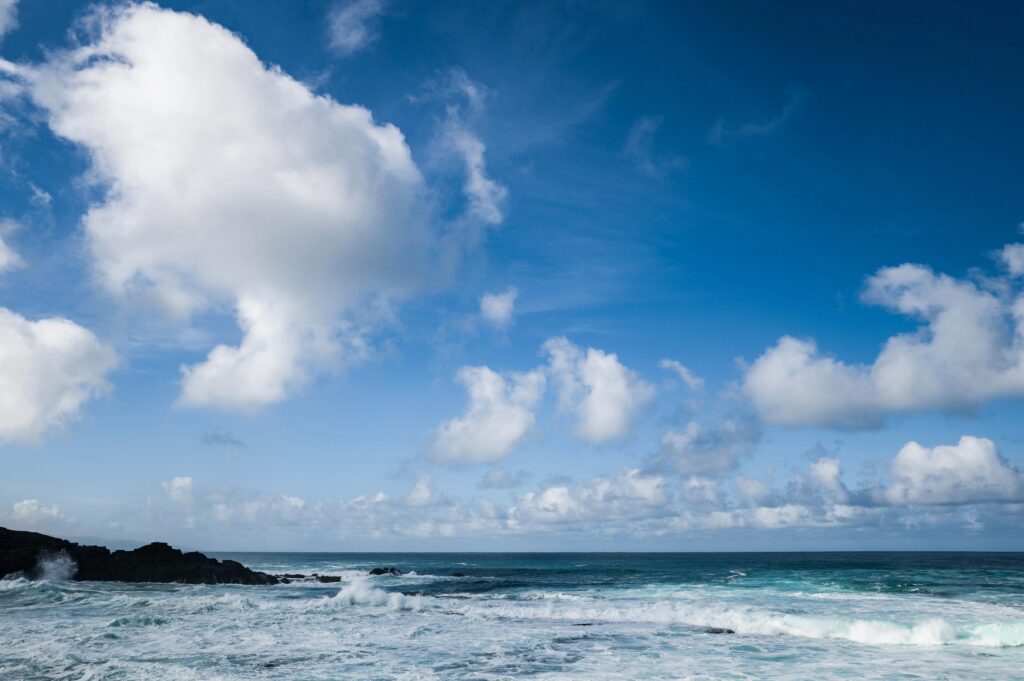
Leica Q3 1/2000th f5.6 ISO 100
It has been very nicely implemented: Most of us will have the screen behaviour set to EVF Extended (so that menus and reviews come up on the rear screen LCD and the EVF is used for framing and shooting). If you pull out the tilting LCD, then the camera assumes that’s how you will be framing, and the LCD switches on. When you push it back in, it reverts to EVF Extended. Excellent!
USB-C and mini HDMI connectors
There is a new port cover on the left-hand side of the camera (looking from the back). This contains a USB-C port and a mini HDMI connector. The door itself is plastic, and it is hinged on two rubbery strips attached to the camera body so that it pulls clear. It seems to me that this is a much better solution than a hinged door (however tough) because if it breaks, it won’t be part of the camera and should be easily replaceable.

Leica Q3 1/60th f6.3 ISO 6400
Rear button layout change
This is a bit more controversial. The three buttons (Play, Function, Menu) on the left-hand side of the rear of the body have been moved to the right of the screen (to make room for the flippy LCD). Instead of three buttons, however, there are just the Play and Menu buttons, with an improved four-way switch where the FN button used to be.
I’m not really convinced by this. I can see the rationale, but it was good to be able to use both hands on the rear screen, and the large function button on the left was extremely useful. But it only takes a day or so to get used to it.

Leica Q3 1/1250th f2.8 ISO 100
One additional function button
There is an additional function button on the back of the camera at the top, This might seem like a replacement for the old function button on the left, but now you can also configure the set button with a long press.

Leica Q3 1/500th f7.1 ISO 100
Optional grip enabling wireless charging

I haven’t tried this (Leica didn’t send me a grip), but I understand that you have to be careful to place the camera correctly to get it to charge (as with other devices, really). As far as I’m aware, this is the first full-frame camera to feature wireless charging.
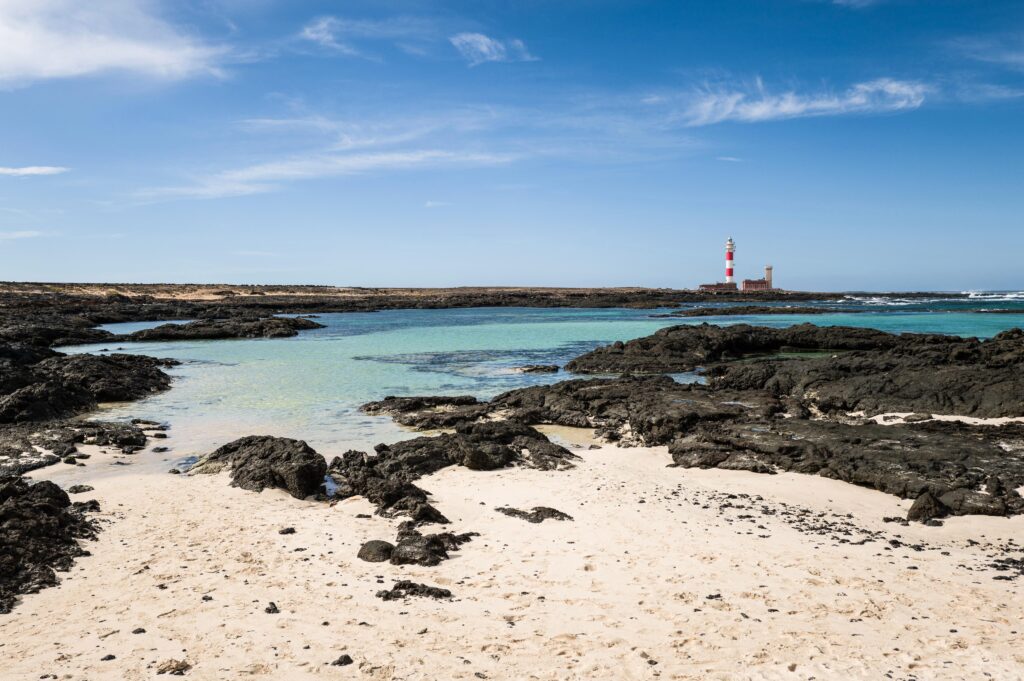
Leica Q3 1/1250th f5 ISO 100
The hardware
New 60MP BSI back-illuminated CMOS sensor
The new sensor, which is similar to that of the M11, is a real step forward. Leica is not very forthcoming about sensors, but as I understand it, this is a modified version of the sensor in the M11. BSI sensors are much better at low light, and this is something I’ve had a look at (see the image quality section below).
The only downside of the new sensor is that it has a slower readout time than the one on the Q2. This will result in more of a ‘rolling shutter’ effect when using the electronic viewfinder; it also results in a slightly longer blackout time between shots when you fire quickly. For most people, this will be something they don’t even notice, but for someone who shoots bursts of photos, it might be an issue.

Leica Q3 1/8000th f1.8 ISO 100
Phase Detect autofocus
Both Leica and Panasonic (in both the SL, S and Q cameras) have been using Contrast Detect AF in the past. This works well, but the difficulty is that if an image is out of focus, the camera doesn’t know whether front or back focusing and has a tendency to hunt back and forth. Phase detect requires specialised pixels, but it can detect where the plane of focus should be and head in the right direction without hunting.
This is a real step in the right direction. At the moment, the focusing performance of the Q3 doesn’t seem a great deal better than that of the Q2 (which was very good), but this is something that should be capable of improvement in future firmware updates. Leica has finally bitten the bullet and used the best method of autofocus.

Leica Q3 1/400th f5.6 ISO 100
Improved Bluetooth and WiFi
The Q3 features hugely improved WiFi and much better Bluetooth than the Q2. As a result, the connection with Leica Fotos is much faster. Downloading images over WiFi to your phone or tablet is really fast. In fact, it’s much faster than a cable connection (and, of course, far more convenient).
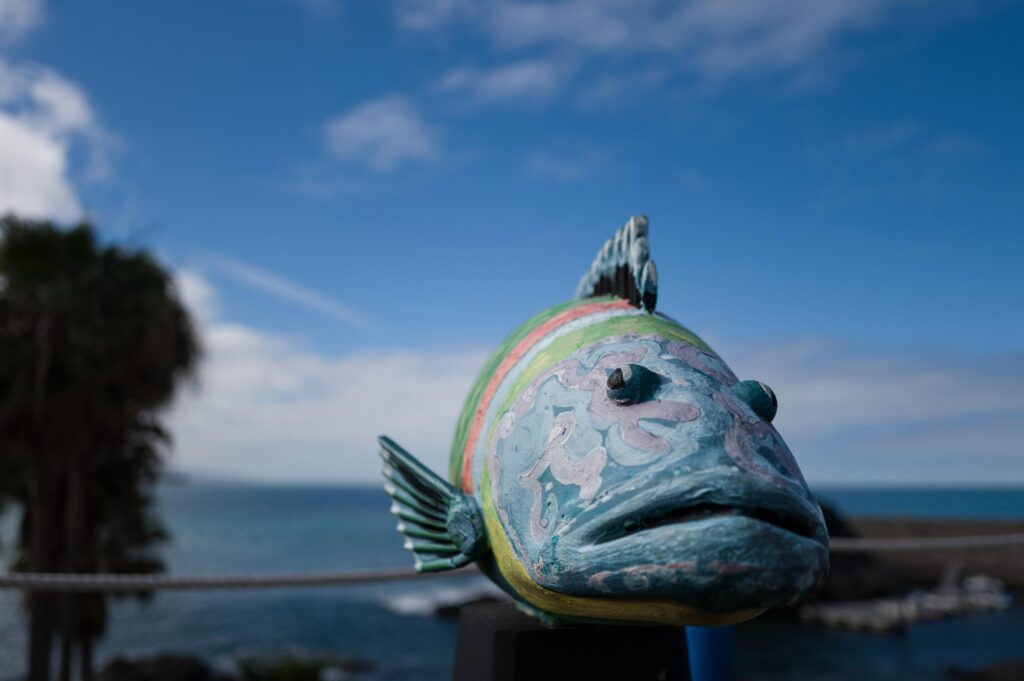
Leica Q3 1/400th f5.6 ISO 100
Small, medium and full-sized DNG and/or JPG files
In common with the M11, you can choose three levels of file quality — the sensor’s native resolution is 60MP, creating 9520×6336 pixel files; it can also output 7416×4928 (36MP) or 5272×3498 (18MP), both with DNG raw files or JPG.
Personally, I’m not very convinced by this. I feel the best way to preserve space is to do proper culling, but I do understand that lots of people like the opportunity to create lower-resolution files. Very little detail is lost using the lower resolution.
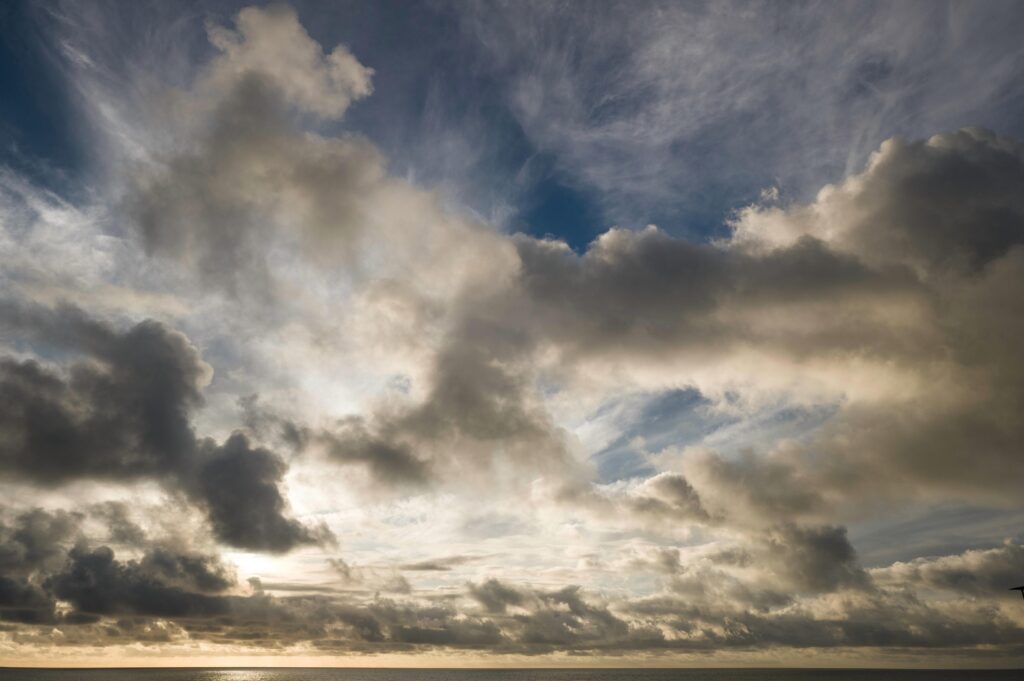
Leica Q3 1/1000th f5.6 ISO 100
Long exposures possible
With the Leica Q3, any combination of ISO and shutter speed can be used, and long exposure NR can be disabled. This makes the Q3 very suitable for night photography, especially when you consider the excellent high ISO capabilities of the camera.
USB-C charging
This option is so convenient. It means that when you arrive in Fuerteventura for ten days and find you forgot to pack your charger, it’s no drama. In fact, I find it more convenient than the traditional charger — I have a USB block by my bed to charge my phone and watch with an additional USB-C cable so it can charge the camera overnight as well.
It also means that you can charge the camera from a power brick when away from an electricity supply.

Leica Q3 1/640th f5.6 ISO 100
The optional grip allows wireless charging
The optional grip connects to the camera and allows wireless charging. Sadly I didn’t have a grip, so I couldn’t test this feature. Leica will also be selling an induction pad to go with the camera.
Better EVF, 5.76 million dots, magnification 0.79
I have to say that I never had much problem with the Q2 EVF, but this is even better; it’s clear and bright and incredibly detailed.
Higher resolution display 3-inch, 1.843 million dots
The display quality is really good, clear and bright, with excellent viewing angles and real detail.

Leica Q3 1/1250th f5.6 ISO 100
Digital Zoom
This now offers 28, 35, 50, 75 and 90mm frame lines
There are now five digital zoom levels:
| Focal length | Pixels | Resolution (MP) |
|---|---|---|
| 28mm | 9520 x 6336 | 60.3 |
| 35mm | 7616 x 5072 | 38.6 |
| 50mm | 5328 x 3552 | 18.9 |
| 75mm | 3552 x 236 | 8.4 |
| 90mm | 2960 x 1968 | 5.8 |
The extra sensor resolution makes the digital zoom even more usable than on previous Q cameras. I have to say that I wasn’t really convinced until now. However, I shoot only DNG, so I am not committed to the lower resolution in post-processing.
The 35 and 50-mm options are particularly useful.
I was thinking that 5.8MP for the 90mm really isn’t very much, and then I remembered that we decorated our Cornish house with A2-sized images from the Olympus E1 back in 2005. That camera had only 5MP, and the images look great.
As with the Q2, at the longer focal lengths, the display shows frame lines representing the crop. For many purposes, this is perfect, but I think it would also be great to have the option to show the crop full screen (both in shooting mode and in replay).
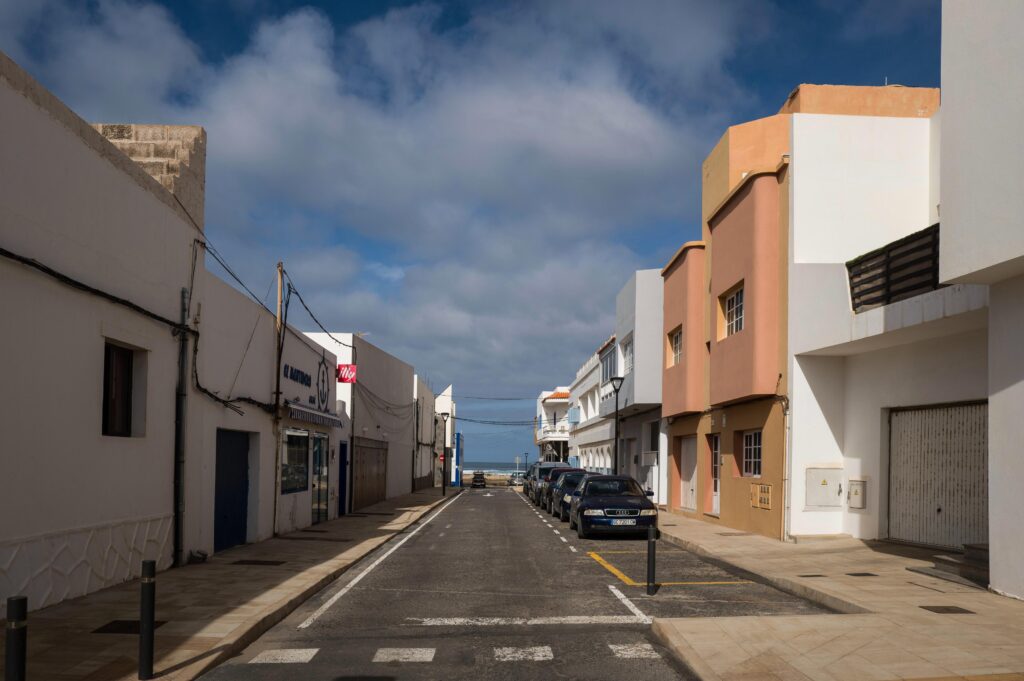
Leica Q3 1/800th f7.1 ISO 100
Leica Fotos
Leica Fotos works extremely well with the Q3: WiFi download of larger DNG files is incredibly quick (much faster than using the cable provided).
Geotagging is now accurate and consistent. You don’t need to have the camera connected to the app for it to work; just to have the app loaded on your phone.
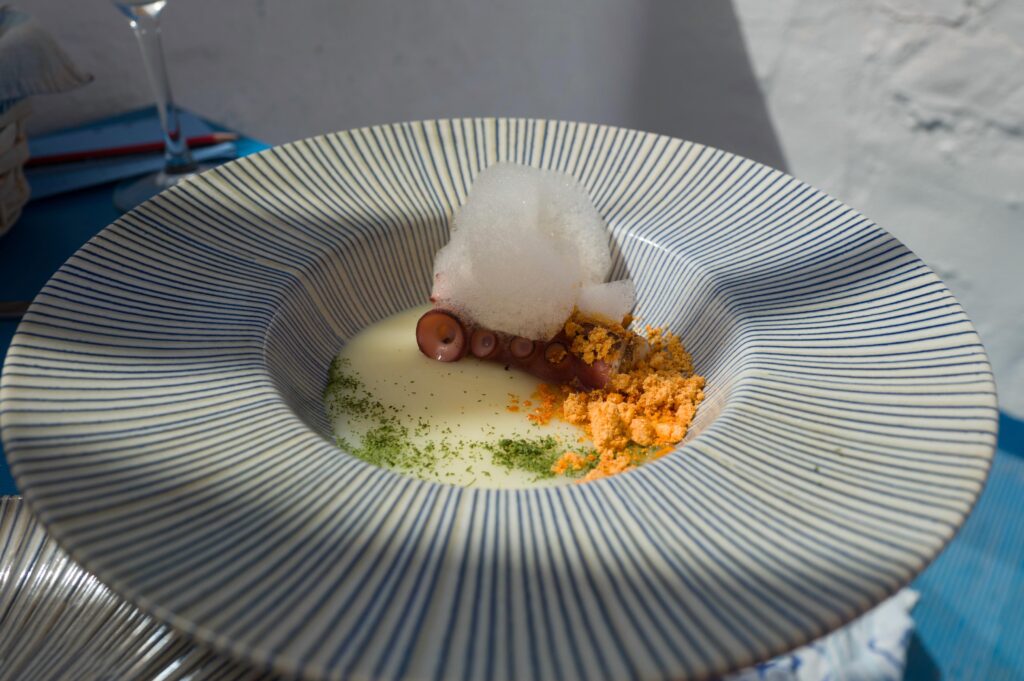
Leica Q3 1/800th f5.6 ISO 100
“Leica Looks” can be chosen in Fotos and transferred to the camera – they are:
- Contemporary
- Classic
- Blue
- Selenium
- Sepia
More will probably be added later if this is successful. The Looks can also be accessed through the JPG settings on the camera. This isn’t something I’ve really examined since I tend to shoot DNG and make changes in Lightroom rather than letting the camera do the job.
Fotos has really come along since the early days. I’m still trying to figure out how to incorporate it into a completely digital workflow, but it’s really good for creating quick content for social media and also for connecting to Lightroom Mobile. But for me, it’s worth its presence for the Geotagging alone.
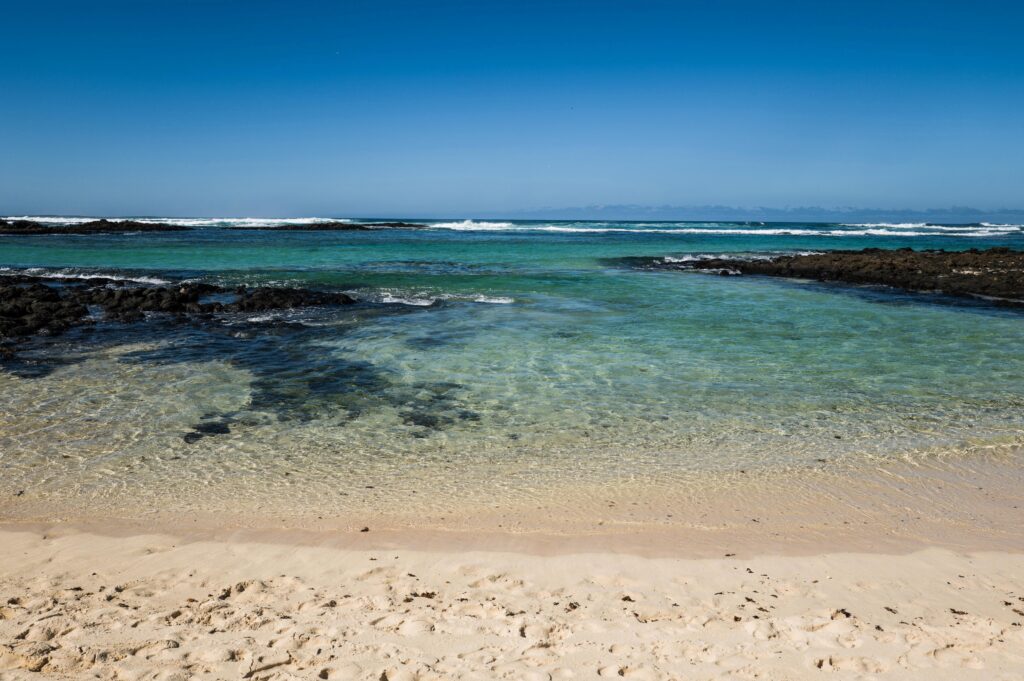
Leica Q3 1/800th f5.6 ISO 100
Focusing
In single-shot mode, the focusing is very precise and quick, just as it was in the Q2. Eye detect seems to work pretty well too. Continuous focus and tracking are still behind the competition, but at least now that Leica has finally embraced PDAF (Phase Detect AF), we can expect real improvements in firmware going forwards.

Leica Q3 1/800th f7.1 ISO 100
Image quality
This is where the Q3 really shines. The new sensor has an incredible dynamic range and excellent high-ISO characteristics. It’s hard to measure the dynamic range improvement (it’s obvious, though), but I feel that the new camera offers about 1.5 stops improvement in noise at high ISO.
Here are some comparisons at 100, 3,200, 12,500 and 50,000 ISO. Q2 left, Q3 right
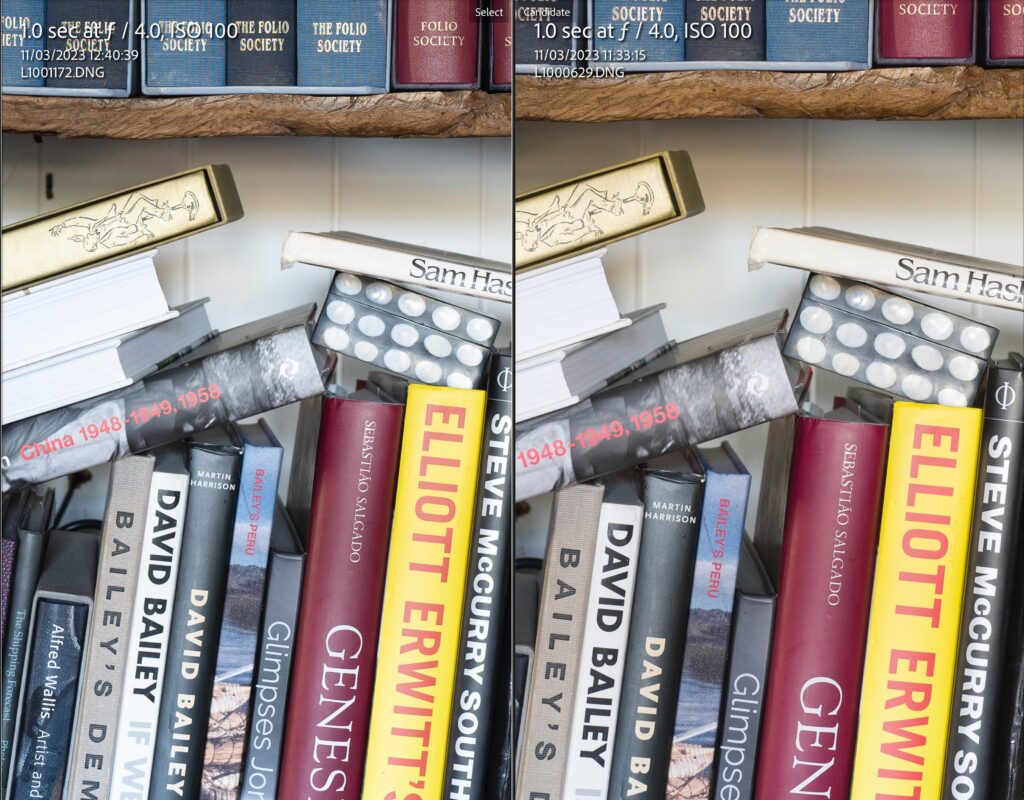
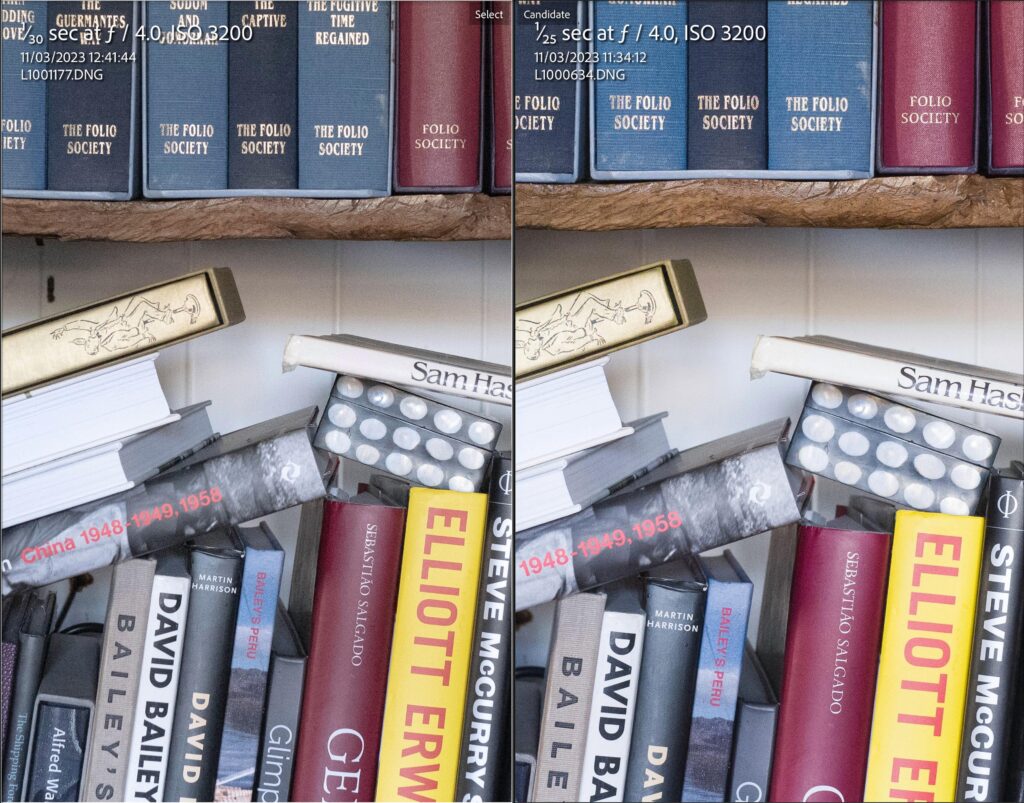


If you want to look more carefully at the differences in image quality, then you could not do better than to check my friend Sean Reid’s site, which is well worth the subscription.
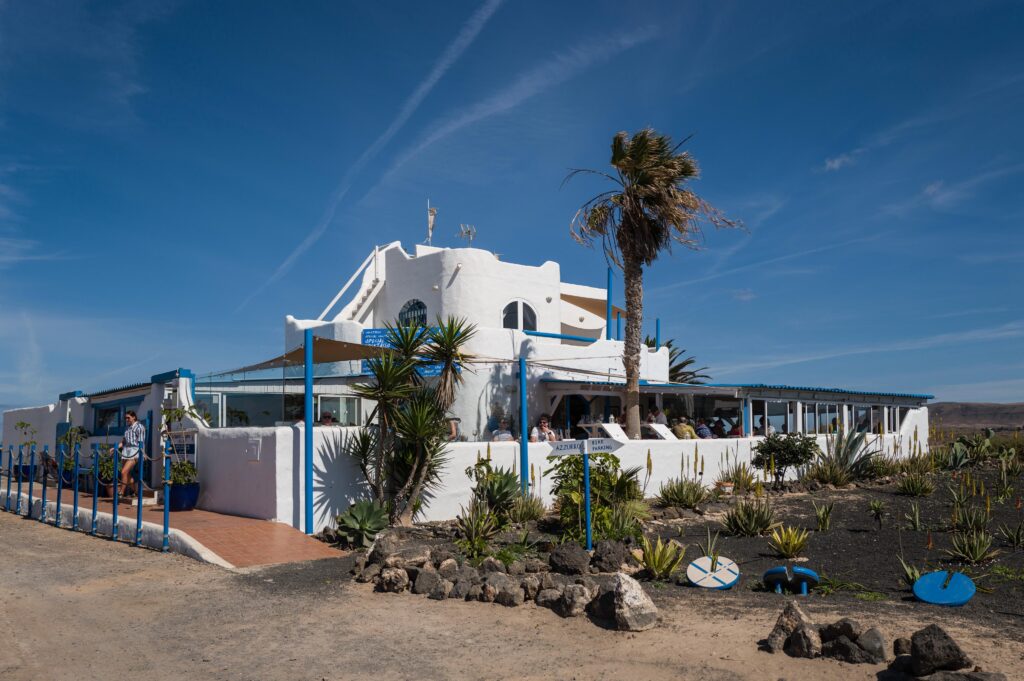
Leica Q3 1/2000th f3.5 ISO 100
Conclusion
The Leica Q3 offers some solid advantages over its predecessor, including an excellent new sensor, PDAF focusing, a tilting LCD, much improved Bluetooth and Wifi, variable-sized DNG files and excellent Geotagging in conjunction with Fotos. The new EVF is sparkling, and the digital zoom has somehow come into its own. The only slight downside is the increased blackout time when shooting fast. The image quality is right up with its big brother, the M11, and it would make a great companion with the M11 or the SL2 for lots of serious photographic assignments.
The Q has always been the perfect travel camera, and the Q3 has built solidly on that heritage. I’m sure that a very large proportion of the current Q and Q2 users will find the improvements well worth the upgrade, especially the USB-C charging and the much improved low-light quality.

Leica Q3 1/200th f6.3 ISO 2500
More images here
Springtime in Suffolk
Summer is just beginning, but it’s been a lovely (if wet) Spring, with the sunshine splashing through our windows. Here are a few images to try to catch the spirit of it
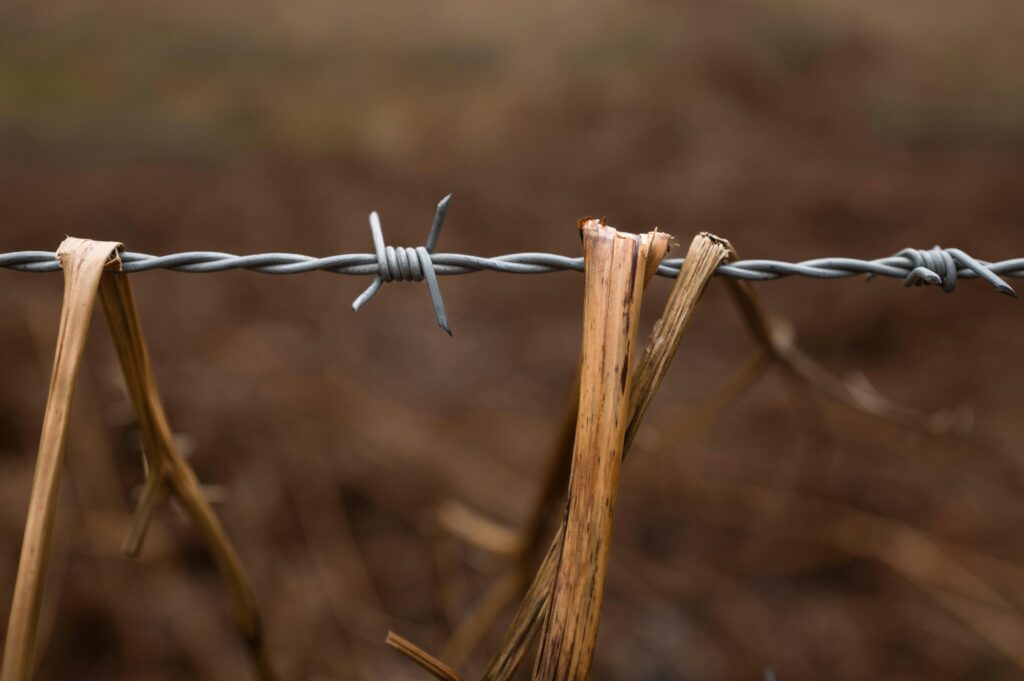
Leica Q3 1/100th f2.8 ISO 100
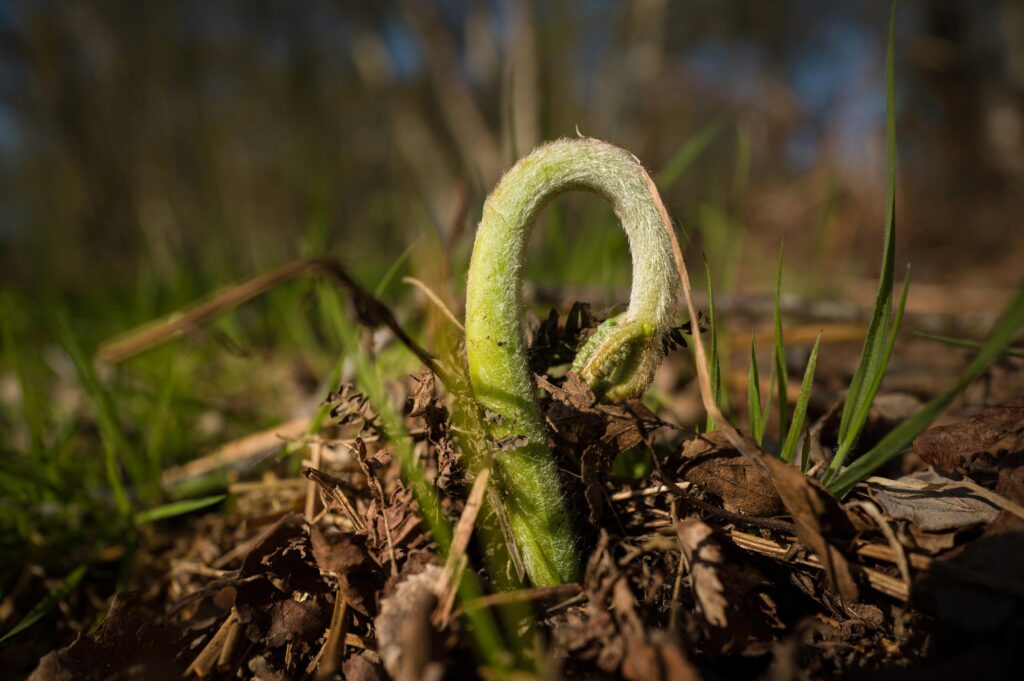
Leica Q3 1/400th f4.5 ISO 100

Leica Q3 1/640th f2.5 ISO 100

Leica Q3 1/400th f2.5 ISO 100
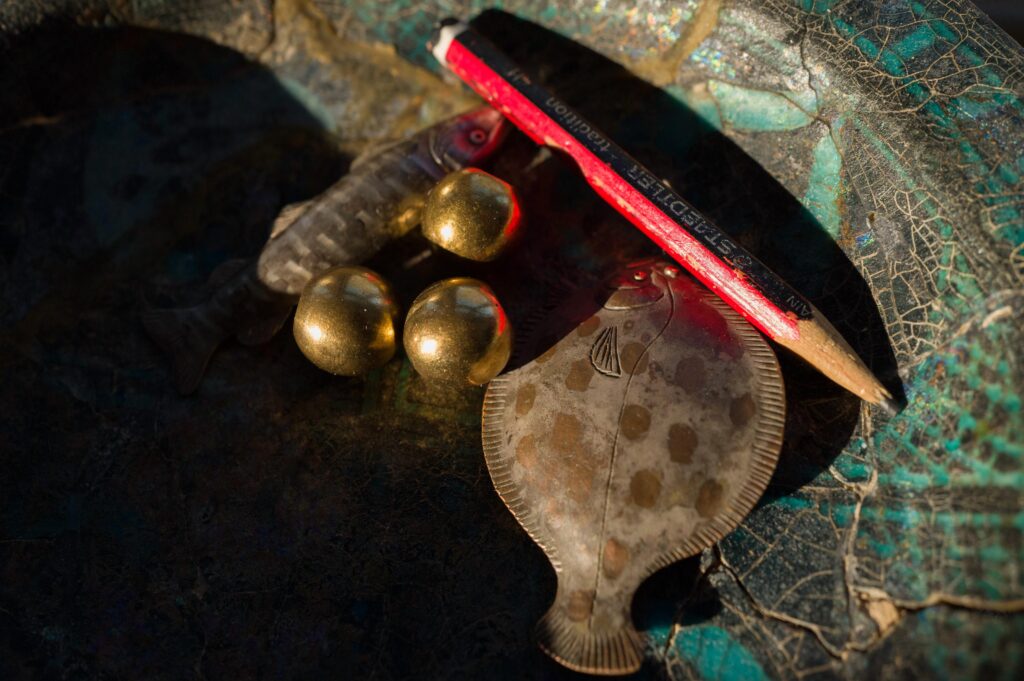
Leica Q3 1/2000th f5.6 ISO 100


Leica Q3 1/1000th f1.7 ISO 100
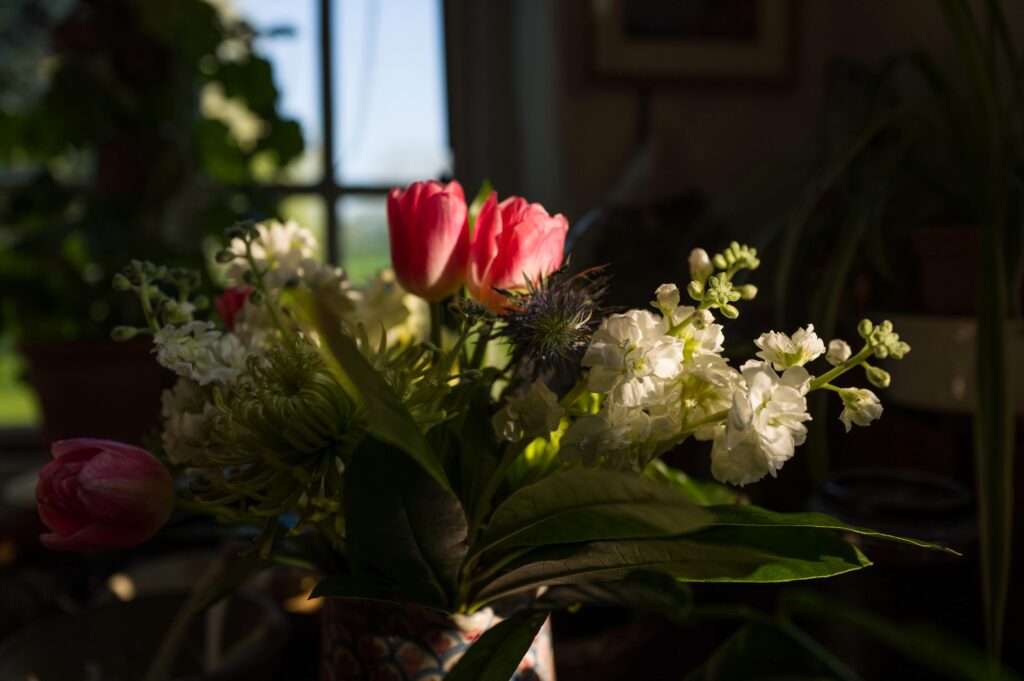
Leica Q3 1/500th f5.6 ISO 100
Review of the Leica Q2 Monochrom
and two articles on the original Q2:
Sie können diesen Artikel auch hier auf Deutsch lesen
Want to contribute an article to Macfilos? It’s easy. Just click the “Write for Us” button. We’ll help with the writing and guide you through the process.







Hello Jonatahan
Congratulations for your great review.
I want to share some thoughts with you in order to help me choose the right camera.
I sold almost my photographic equipment and I kept only 2 cameras.
Ricoh GRII and Fujifilm XT5 and some lenses ( 10-24/4 & 35/2 & 56/1,2 & 16-80/4)
My project for the next years is to visit cities and countries around the world and taking street photography and some landscape photography and publish some books with these photos.
Street photography is 80-85% of my photos now.
Here some key points
I want to take only one camera and one lens. No big cameras, no lenses, no bags anymore. I like to be more minimalist in my philosophy to take photos and in my life generally.
I shot 95% Jpeg not RAW. I know the benefits of RAW in editing, dynamic range etc but all cameras has anymore very good jpeg. And it’s ok for me. If a camera has RAW and JPEG I choose this option and keep RAW for the future when I print the books. Then I will edit my final photos for the printing. I
I like 28mm not 35mm
I sold my Canon and Fujis and I have 8.000$ in stock. For my new camera and for my first trips.
I read many reviews and I decided to buy one of these 2 cameras for my basic camera.
Leica Q3
Or
Fuji X100 VI with 28mm lens
Would you like please to send me your opinion about this dilemma? Which you would prefer Leica Q3 or Fuji X100VI and why?
Thank you
Greg Plat.
Hi Jono! Great review as always. I’m actually kind of pleased that Leica moved all of the buttons to the right side — it might be the perfect camera for me 😀
Take care!
I am tempted by the Q3 over my Q2 for a couple of reasons. The 47MP files in the Q2 are sometimes overkill for what I require, so the choice of sensor resolution is good. I had that on my Canon 5D Mark III. Even my 2 year old MacBook Pro struggles to keep up with scrolling quickly through 47MP images with an 4K screen attached. Also the tilt screen is useful for low angle shooting. Never had a problem with auto focus speed or accuracy so the upgrade to PDAF is probably nice but not essential. But manual focus with an improved EVF is good. I use this when I deliberately want to slow down to make photographs rather than take photographs.
In spite of the many comments on “digital zoom” I also use this a lot particularly for portraits where you don’t want to get close using a 28mm lens because of the facial distortion it causes. The cropping ability at 47MP is great, so 60MP is a bit more flexible.
The f1.7 prime lens has also saved me from buying an SL APO 35mm or 50mm a couple of times as I remind myself I already have a fast prime for travel photography.
Jonathan
In addition to protecting the screen when folded to place the screen against the camera back, a tilt swivel screen prevents your nose from touching the screen and moving your focus point unintentionally. 😉🤓
PaulB
You can set the camera to turn off tilt screen when looking through the viewfinder. If you want a lcd that can be turned to the back of the camera, you have to rotate it to look at screen so this is no inconvenience. You can even turn off screen which is no greater inconvenience to turn on.
i would not call this bad design. It is what Leica is doing at the moment with weather certification. I am happy that they are finally offering a mobile screen. Personally, I can work with portrait position on this type of screen as it helps abstract image for composition similar to large format and some medium format in the film days. However, if this is a critical feature, then another camera will obviously be necessary.
Brian
Yes, I use and appreciate the settings that turn the rear screen on & off based on how the camera is being used.
My comments were aimed at the landscape only implementation of the adjustable screen. Using such a screen with the camera in portrait orientation can be difficult, particularly if you want to hold the camera well below your waist or above your head. Which, for someone with bad knees is an important consideration, as the majority of my images are taken using portrait orientation. Plus, when you are used to working with a fully adjustable screen, you don’t want to do without one.
Also, you are quite correct, wanting a specific mix of features in a next camera can be a challenge, even when the manufacturers don’t have production constraints. Ultimately we need to compromise between features we want and what is available. Which is why my M cameras have been replaced by an SL2 (for the EVF).
PaulB
Jonathan
Now that I am off my soapbox, I really enjoyed your review and the images provided. You certainly get to depths of using the cameras you review. And the provided images are lust worthy as always. Please keep the reviews and images coming.
PaulB
Hi there Paul – thank you for the kind words. I’ve never had a problem with tilt screens either, but that doesn’t mean I like them particularly (unless they fold back and protect the LCD!
best
Jono
I expect to be in the minority with this comment. Though, a tilting screen that does not swivel to allow for portrait orientation is simply an error of bad design. I’ve used other cameras with a proper tilt/swivel screen for several years and never had a problem with a hinge or ribbon cable; and I am not very gentle with my equipment.
PaulB
Amongst many, an important line of yours (for me) was “I think it would also be great to have the option to show the crop full screen”. I had and loved a QM but am not a natural 28mm photographer so sold it (mad, as I had started to love its landscape capability). Crops on the newer bigger sensor make more sense but at 90mm particularly it will be quite difficult to frame/confirm detail. I will probably wait until the Q3M. My question is… is your suggestion to show the crop full screen achievable through software releases or is it more demanding than that? I would be very happy to run it at 50mm and 18.9mm, or at 35mm, as a standby position if shown full screen – with frame lines I found it somewhat annoying. Or, even more perfectly a 50mm version that you could up to 75/90. So am with Mr Nicol on that one. I loved the piece as a whole though, thank you.
Doesn’t the Ricoh GR take this approach? The crop image fills the screen.
HI Des
It is possible to show the full crop through firmware (but not trivial). If Leica see enough requests for it, then they’ll probably do it.
I’d also like a 50mm version!
Glad you enjoyed the piece – that’s all I need to know!
best
Jono
I forgot to mention- I would snap up a 50mm variant in an instant.
me too, now, and in mono!
The Q family is very popular for many reasons. I owned the QP for a short period but could not get on with 28mm as my core focal length. I do not like the look of a cropped 28mm for many shots. My core focal length is 50mm. I would not have a problem cropping 50mm in general. Hence this camera is not a temptation for me but it is a brilliant camera. I am delighted to see Leica add the mobile LCD which is a highly desirable feature for me.
Thanks Jono for your practical expertise in reviewing this camera and the images are compelling.
Thank you Brian – it’s not the camera for me either (for a number of reasons). But that’s not really the point when writing an article. If you enjoyed it then I’ve achieved my aim!
My only disappointment is that there are not more reviewers like you. No product is perfect but I have to say that personally the M11 and SL2-S (I sold my SL2 for the low noise performance of SL2) is as close to perfection for me. Your reviews help a person know whether the product suits a particular persons NEEDS.
The Q3 is a brilliant camera with amazing rendering for discerning photographers that are fine with the 28mm focal length. I would tolerate a 35mm but 50mm is my dream. Anybody that critiques it is just not the right person for the camera or lens. We have such amazing products from any brand these days – it is insane to complain. Pick the product that suits you the best, including shooting envelope, and get off the web and go out and take pictures. The camera system that best suits me for shooting envelope and color science is Leica M and SL. My second choice would be Hasselblad Xcd, Leica M, and Leica SL for the same as previous reason. I sold my Hasselblad xcd system when the SL2 group gave me a complete shooting envelope- 200mm to 300mm. The Sony system augmented my Hasselblad system but I strongly did not like the color science and the haptics and menus where impossible for me – but that is a personal choice. When people ask me what to buy I tell them that is not a simple question and do not answer. They need to try things for themselves.
Oh Jono, most of this post is obviously not for you. As you well know, for enthusiasts, the personal needs are what matter. Some people love 21mm (an extremely challenging focal length to use) and some people love 35mm, and some people love 50mm. Ironically, 28mm is not a top focal length- yes I tealize it is what smartphones use. However, I started out in the film days of the 70s and cannot believe my options today. I have decided my only limitations, long before now, are my skills. I have not been limited by equipment for years. I laugh when people criticize current sensors. I have started reprocessing images starting from 2009 and putting them up for sale and see NO problem with them. I use Topaz denoise when appropriate and they are gorgeous.
Hi, Well I have the original Q and an M240 with 4 x 28mm lenes as well as 21, 35, 50mm options. I just use them for different things.
I ran a camera shop for a while and it felt like I spent half my life sending camera in to have their flippy screens fixed. Ribbon cables were never meant to be repeatedly bent!
The Fuji xpro 3 currently has a class action going on as eventually all their screens fail, the nikon z50 screens fail soon after the warranty runs out and I could go on, suffice to say I won’t be buying a Q3, but as someone who can’t see the point of a 60mp handheld camera I’m hardly the target audience.
Great review.
Thank you – glad you enjoyed it!
Hi There Mark – 60mp hand held is great – you should try it – especially with the M – you just need to keep the shutter speed up, which is fine with good high ISO capabilities.
best
Hi, Thank you for that, I dare say you are right, I just never print over A2, or else publish online.
I can’t see the point of buying a 60Mp camera only to put them up online at 2000 pixels wide, you’re throwing away about 57Mp!
I really find 24Mp the sweet spot and am tempted to ad an SL2-s to my original SL for low light work.
All the best, Mark
.
Thanks for your review of ‘The Perfect Travel Camera’ ..though you do say, in response to Ed Schwartzreich “..The Q3 is lovely, but I’d rather an M(x) with a 28mm any day..”
Yup; I’d rather an M(x) with a 21mm any day!
As a £5,300 60 megapixel camera, you show that when cropping to a ‘virtual’ 90mm lens, it delivers a 5.8 mpxl photo ..which I certainly wouldn’t complain about ..5.8 megapixels is almost what the wonderful Canon 300D gave me..!
But that’s about one TENTH of the camera’s original 60 mpxl, effectively throwing away 54 megapixels. That’s to say, throwing away 90% of what you’ve paid for – apart from the lens and battery.
It’s like buying a four wheel car for, say £50,000, throwing away all but one of the wheels and keeping one seat, to make a £50k uni-cycle. Sensible?
Can this really be ‘The Perfect Travel Camera’ ..when you can’t use anything wider than a 28mm lens on it, and every time you crop to the equivalent of a longer lens you’re just throwing away a half, two-thirds or nine tenths of the pixels you’ve paid for? Daft. It may be a nice, fondle-able, lovely ‘joy of ownership’ piece of hardware. But as a camera it’s just a hi-res Kodak Brownie.
For less money ..I know; money’s not everything.. but for less than one fifth of the cost of a Q3.. a pocketable Sony RM100 MkVII – just as one example – gives a constant 20 megapixels (..what you get when shooting a Q3 in ‘50mm’ mode..) but with an equivalent lens range from 24mm to a 200mm (!) ..and at a CONSTANT 20 megapixels quality however much you zoom in or out. The Sony’s about half the size and weight (300 grams, versus 740 grams) of the Q3. And the Sony lens retracts into the body, so it’s easy to drop into a pocket.
Perhaps ‘The Perfect Travel Camera’ of the 1960s was, say, a Contax IIIa – almost silent, plenty of lenses, easy to focus, built-in lightmeter, big, bright finder.
Then maybe ‘The Perfect Travel Camera’ of the ‘70s was the small and light OM-1 or OM-2, with the same features as the Contax IIIa, but with automatic light metering.
‘The Perfect Travel Camera’ of the ‘80s may have been the Konica Pop, and of the ‘90s it might have been the Nikon 28Ti. Fast forward to the present, and instead of the bulky and expensive Q3, with its single retrograde fixed 28mm ‘pixel-discard’ lens, the ‘Perfect Travel Camera’ is probably the latest mobile phone: several built-in lenses to choose from, zoomable, macro, very hi-res, -B-I-G- viewfinder, slips in a pocket, video, various attachable mics (e.g; ‘mid-side’ Shure and Zoom brands) geotagging, attachable ‘Moment’-brand super-wide-angle lenses, always there, always on (if you don’t turn it off completely) and also shows you maps of where you are, too.
The bulky, heavy, one-trick-pony Q3 is an anachronism, and is just plain silly. £5,300 silly. I know I won’t convince you, but I think it’s a valid opinion.
David.
A very interesting collection of cameras! We had an article sometime ago whose title suggested the Leica branded Panasonic D Lux Typ 109 was a perfect travel camera. And there are still MACFILOS readers who carry it!
For me, perfection is in the eye (EVF?) of the beholder. Many reviewers are right with you on the Sony RM100 MkVII (should that be RX100 MkVII?) But one reviewer of the Sony feels much the same as you feel about the Q3: “On paper, the RX100 VII is amazing. ….. The only thing that’s not amazing is the experience of actually using it.” The same reviewer remarks “the Zeiss branding on the 24-200mm lens promises premium performance. You don’t quite get it. At short to medium zoom settings the image quality is pretty good, but at full zoom detail is disappointingly soft. If your main interest is stills photography, the RX100 Mark VII is an average camera at a high price.”
I suspect that for most people, the Q3 is so expensive that a buyer would have to carefully balance the points made by you and those made in this review.
“..but at full zoom detail is disappointingly soft..”
I suppose that may depend on what aperture’s used, and what shutter speed (..to avoid shake at 200mm..) is being used, and whether or not you shield the lens from flare and glare, etc, at its full extension, and whether you’re using ‘spot’ focus (dead on) or broad area focus (generally, roughly all in focus). So many variables.. I wonder what settings the “..one reviewer..” was using..
I’ve never had any disappointment with my MkVI (..same lens..) – ever.
..for example, Kathy ..pop along to this Macfilos article:
tinyurl.com/10c4meras
..and then scroll down to the very last photo – of the butterfly: shot at f4.5, 1/400th sec shutter speed, ISO 125 (this photo is reduced from 20 to just over 6 megapixels to load fast on the webpage, and then ‘optimised’ (compressed) to delete all unnecessary bulky EXIF data), 72mm ..equivalent to 200mm full zoom (so I could stand well away and not disturb the butterfly), and shot with the very precise ‘Small Flexible Spot’ focus.
Is it, er, “..disappointingly soft”..? You can see the teeny dot on the right at the very end of the fly’s antenna. With such shallow depth of field, the closer wing is out of focus (“soft”), but the further wing, and the dot at the end of the antenna are certainly sufficiently sharp enough for me! ..What do you think?
.
..Oh, and I forgot to say: click on it to really enlarge it!
P.S: ..just to rub it in: that shot would not be possible with a Q3, and its fixed 28mm lens.
Even if you set the Q3 to ’90mm’ crop, and moved in close without disturbing the butterfly, you’d still have the depth of field of a 28mm lens, and so the background wouldn’t blur away so as to highlight just the butterfly.
Sony RX100: ten points; Leica Q3 ‘null points’. (..For those who’ve watched Eurovision ..probably means nothing to our cousins across the sea.)
I think that’s rather the point: while most reviewers liked the Sony, some did not, and all for their own reasons. It was very much ‘if you want the camera for this purpose, there are better/cheaper optins. If you want ALL that the RX can do, then it’s great.”
Because of that, I think it’s sensible of you to reject the ‘perfect’ label. Doesn’t mean the Q3 isn’t ‘good’ for some people, some purposes. I wouldn’t buy it, even if I could afford it (I can’t). I tend to shoot 50mm and 90mm, so my M is “perfect” — for me.
HI David
Good points, although I’d have a Q over the Sony every day, but each to his own, and yes, I’d rather have an M.
All the best
The ‘perfect’ travel camera of the 90’s for me was a Contax T2 which I was using back then.. The 28Ti was just Nikon’s version with extra fripperies and beaten for compactness by the lovely little Minolta TC-1 also with a 28mm lens, which was a truly compact camera.They were all very capable optically, just that Contax did it first and other brands jumped on the bus.
Today? The latest mobile phone? But David, the phone doesn’t accept Leica M lenses so it’s not perfect. 🙂 But, then nothing is. I think you are being too hard on the Q and you are smart and experienced enough as a photographer to know they are aimed at different people with different requirements. If someone said to me right now, we are sending you around the world for one year and you have to document the trip with amazing photos, and you have the choice of taking a Leica Q3 or a smartphone, I know which I would choose.
I believe most people know, understand and appreciate that it’s not all about the megapixels. I think if you put a 20mp RX100 shot @ 90mm focal length and the Q3 cropped in @ 90mm albeit 5.8mp based on the various shots I’ve seen online so far, my bet would be on the shot with the Q3. I own an RX100, and love it, but IMHO the Q3 is on another level and yes the price point puts it out of my budget, but I am starting to understand why people are willing to put up the cash.
People don’t spend a lot of money on cameras to use as status symbols, if Leica’s price point wasn’t justified to a point, they would have gone out of business at the beginning of the digital age.
.
Hi, Charles,
“..I think if you put a 20mp RX100 shot @ 90mm focal length and the Q3 cropped in @ 90mm albeit 5.8mp based on the various shots I’ve seen online so far, my bet would be on the shot with the Q3..”
That’s interesting.
But WHY would your bet “..be on the shot with the Q3..”? ..Do you mean that some quality of the photo – due to the electronics inside the Q3 – would be better, or that some quality due to the 28mm lens would be better? Do you mean something about the sharpness or the perspective ..or what, exactly?
Take a look at this Macfilos article called ‘Never Mind the Pixels’: tinyurl.com/F1xedL3ns and scroll down to the section headed ‘A crop too far’, which has three photos of some old motorbikes, and three of a bus engine, and click on them to make them bigger.
Those photos show a cluster of old motorbikes taken with a 28mm lens on a Leica M10, and a bit further down there’s also a bus engine shot with a 28mm on an M10. The next pics shows an area cropped from the 28mm – to the equivalent view of a 90mm lens. And that’s followed by a shot – taken from the same spot, and with the same camera, but taken with an actual 90mm lens (..at the same aperture).
Or look at these photos: tinyurl.com/28mmCr0pped ..these show what happens when you shoot with a 28mm lens, and then crop the photo, as distinct from shooting with a 90mm lens. And they show what happens – the change of perspective – when you move in with a 28mm lens to try to get the same picture as the one shot with an actual 90mm lens.
So what is it about “..the Q3 cropped in @ 90mm … based on the various shots I’ve seen online so far..” which suggests that “..my bet would be on the shot with the Q3..”?
In what way would 28mm photos, cropped to 90mm equivalent, be in some way better, or more pleasing or preferable to the same photos shot with a 90mm (or its equivalent) lens?
I’m really interested to know! ..Honestly.
HI David,
Sorry I didn’t make my thoughts clear, and they are just my thoughts and opinions, I’m always open to others, but when I said “my bet” I am suggesting that the Q3 will produce a better photo than the Rx100 in that and most situations (even when comparing a cropped Q3 photo).
I understand the point you are making and it’s a valid one. But I suppose that I am suggesting that if you showed a set of pics in various conditions to someone that didn’t care, what camera it was taken from or at what resolution… on a monitor where 99% of photos are viewed today. Most people would prefer the “magic” of the Leica.
When it comes to a good camera, it’s not just about one thing; the electronics, the lens, the sensor, the calibration, the files… it’s about bringing all the best technology together and then configuring them all in a way that helps the creator make stunning photos. Leica has been using that “secret sauce” for years to produce great (albeit very pricey) hardware.
.
Ah, the “secret sauce”..!
I believe the “secret sauce” is called ‘marketing’.
David.
David, you have a point. I am also not a great believer in the “secret sauce”. I’ve often referred to it as a sprinkling of Leica Stardust, particularly when discussing the relative merits of the Panasonic LX100 and the Leica D-Lux. While I accept that Leica’s JPG processing may differ from Panasonic’s, you’d be pressed to find much of a difference in the RAW files. That said, I do occasionally get a whiff of the old HP when viewing an M or Q image. It’s probably in my imagination, and perhaps, I am influenced here by the marketing, as you imply. However, as long as it keeps us happy, Leica Stardust is a genuine, if expensive placebo. It’s a matter of Faith, isn’t it? We might never know if it exists or not.
Our comments section is a great place to express opinions, and your “bet” is reasonable and sensible. Crops from the Q3 are actually very impressive. I don’t think that anyone would dispute the fact that an equivalent sensor and good optical zoom lens (or, better still, a superb long prime) will always beat a crop from the same sensor wearing a wide-angle 28mm lens. Or that a crop from a 28mm lens image will not emulate the depth-of-field and other characteristics of a long lens. Those are just facts.
But the real question is whether the crops from the Leica are acceptable, interesting, impressive, and usable. I think they are. I enjoy the Q for its abilities and the quality of the 28mm lens. I don’t go out of my way to use it as a faux telephoto, but it is comforting to know that I can use the crop feature occasionally. I see it as a bonus of having a 60MP sensor and a fine lens, not as an object in itself.
“..I do occasionally get a whiff of the old HP when viewing an M or Q image . . . However, as long as it keeps us happy, Leica Stardust is a genuine, if expensive placebo. It’s a matter of Faith, isn’t it? We might never know if it exists or not..”
I couldn’t have put it better myself, Mike, you old PR man! [..we-ell; not all that old!..]
Yes “Secret Sauce” is a marketing term for sure. But it’s a good way to describe the point I was trying to get across, again it’s the about how each camera manufacturer uses the technology.. many sensors on high end cameras today are made by Sony, so why do the raw files produce a different result from each manufacturer?
“Many sensors on high-end cameras today are made by Sony”
Are we thinking here of the Leica Q3, Leica SL2/S? Leica never tells us where their sensors come from, but the level of technological cooperation with Pansonic is well known. And I think Panasonic use Sony sensors, don’t they? Leica claimed that M sensors (up to M10) were made in Europe, and that might still be so for the M11. But the Q3 60MP sensor has been described as “the same as that in the M11”, so I am confused. Is it the identical sensor, or is it a 60MP version of the Panasonic-sourced sensor in the Q2?
Someone with more knowledge of sensor lore can comment on this. All contributions welcome.
The firmware which converts the data received from the sensor into the pictures one sees on a screen is not within my breadth (or narrowth!) of expertise ..sorry.
If I’m not satisfied with what a camera gives me, I just tweak the results on my Mac – with, e.g; Graphic Converter, Viveza II, PhotoNinja 2, DxO, etc.
I don’t find that ‘colour science’ is much of a be-all-&-end-all when choosing a camera ..I usually choose great hi-ISO performance (for indoor photos.. aarrgh! ..remember what the awful M8 did to black fabric under indoor light? ..ugh ..so conveniently forgotten) and with a range of the lenses which I want (excellent wides, excellent wide-to-tele zooms).
I go for small and lightweight, if poss, with a close-to-silent shutter ..that’s what the original Leicas offered, that was a bit of their “secret sauce”, but then think of the awful clatter of the M8 and M9! The M10-P was the first of the digital M Leicas to have a properly quiet shutter ..which had been one of their strong original selling points in the 30s, 40s and 50s ..but was completely abandoned with the advent of digital-M Leicas.
To my mind, the “secret sauce” is just a perception on the part of would-be buyers, but my colour vision’s not very good: I go for contrast, light’n’shade, vivid and bright colours ..but as Mike says above: “..as long as it keeps us happy, Leica Stardust is a genuine, if expensive placebo”.
A friend of mine was a local working photographer and his professional cameras of choice were Canon, but his personal camera of choice was Leica. When he did a professional job he always took a few frames using his Leica. Later he would randomly slip the Leica prints into the print stack for the client and he would ask his wife what she thought. More times than not, she would look at the images from the Leica and mention that they looked different from the others. He did this often enough that she would ask if he used the Leica for the image. The interesting part of this story was, his Mother-in-Law would notice the Leica images were different too.
Leica’s “secret sauce” is real, though not everyone will recognize it.
Paul,
I think perhaps the “secret sauce” is in the photographer, rather than in the camera. You say that his “professional” cameras were Canons, but that his “personal camera” was a Leica. It seems that he had a more personal relationship with the Leica, then, than with the Canons, and so perhaps shot more ‘personal’ photos – in his own ‘personal style’ – with the Leica, than what you might call perhaps the more ‘professional’-style shots taken with the Canons.
Perhaps the Canons each had a zoom lens attached – for taking a wide variety of different shots; close-ups, wide shots, etc. I’d think it unlikely that the Leica had a zoom (or a ‘Tri-Elmar’ 3-focal-length) lens on it, and unlikely that he carried a pocketful of different lenses for the Leica. So he probably used just one – the same – lens for every Leica shot.
The Leica pics may thus have always looked very similar (same angle of view) to each other, and so could be easily identified as having been taken by that one, same camera.
And shooting ‘personal-style’ pictures with the Leica, rather than this ‘professional’ Canon shots, may have meant that he ‘ducked and weaved’ (wove!) ..a bit like Cartier-Bresson dancing around the action to get a quick shot here, a quick shot there.. whereas maybe the more ‘professional’ shots were a bit more ‘formal’, a bit more ‘staid’ than quickly-grabbed Leica shots. It’s often the case that with the little rangefinder ‘finder, Leica photographers bend down a bit lower, and squeeze in here and there, than bulkier, heavier Canon-camera photographers tend to do.
So I’d guess – not knowing the person, or what kind of photos he took – that his ‘personal’ Leica photo had a different ‘feel’ or ‘vibe’ to them than his ‘professional’ Canon shots, and that the Leica shots may have all looked fairly similar to each other, having, perhaps, all been taken with the same lens, and its same angle of view (..always 50mm? ..always 35mm?) and that THAT may have been the reason why the Leica photos could be picked out from all the rest.
So nothing attributable to some ineffable Leica pixie-dust, but attributable, instead, to the photographer’s different behaviour when using his own ‘personal’ camera.
I can well believe that his Leica photos looked different from his others, but I’d put it down to the photographer, and not so much to some “secret Leica sauce”. That’s my experience, anyway.
Mike, the 60MP M11 sensor may have similar basic architecture as the Q3 sensor but I doubt it is the same, given the offset micro lenses supposedly required to accommodate the M lens design.
Up to now it seemed like the Q sensors followed the SL sensors, maybe the 60MP count is just coincidence with the M11.
I agree, Tom. Rereading Jono’s review, he says the Q3 sensor is “similar” to that in the M11. I think the Q3 sensor is the one we will see in the SL3 and the 60MP resolution is a coincidence, although planned perhaps.
DavidB
You may be correct. My friend never revealed the details of which lens was used on his Leica, or if it matched the focal length used for the Canon images. There were too many variables for that.
His main professional subjects were people that worked in the Seattle Theaters (live actors and dancers) along with on stage live action images. He was a Leica user and he believed in the secret sauce.
From my own experience, I feel Leica lenses provide a better (or at least different) rendering of round objects as round objects than many lenses designed by other manufacturers. It might be my imagination, or it might be the secret sauce.
Regardless, that is part of what makes photography interesting.
PaulB
I always look forward to a new Leica product release, not because I’m likely to buy one, but because I do love to see which sunny destination Jono has been travelling to since the last review! Fuerteventura this time looks very nice. It is also a good opportunity to compare his rural British photography experiences of the last six months to mine. Lastly I like to check up which books we have in common, I’ve done ‘A Dance to the Music of Time’ but not tackled Proust yet – perhaps I should take the hint! I don’t own single David Bailey book, better look into that too.
Keep up the good work Jono, I always love to read your reviews.
all the best
Patrick
Hi Patrick
Definitely tackle Proust, but try one of the modern translations!
If you get one David Bailey book then it has to be Democracy.
Fuerteventura was lovely – at least, the north west corner was – fantastic beaches and some good restaurants – much recommended (going back next year!)
And thank you so much for enjoying the reviews – the main intent is to entertain.
All the very best
In what way is the flippy screen “nicely implemented”? When folded it sticks out like a sore thumb. When extended , it won’t go fully horizontal. The camera eye piece blocks part of the screen. If you want to pull it out, the only finger-grip is at the top….it’s the worst piece of engineering on a Leica ever.
HI Edward
Well, personally I don’t like any kind of twisty screen, but the ‘nicely implemented’ point was about the fact that when you pulled it out it over-rides the EVF-Extended mode and restores it when you put it back in again.
all the best
Thank you for the review Jono, and the great images. I have loved the Q ever since I first handled one, borrowed from a friend, shooting cityscapes in semi-darkness, including close-ups, which it did faster and seemingly better than my digital M at that time. In another life, this would be definite camera for me.
The Q3 seems like such a pretty girl, but I am wedded to my M’s.
Ed
Hi Ed
I’m wedded to my Ms as well (not sure about the apostrophe). The Q3 is lovely, but I’d rather an M(x) with a 28mm any day (but that wasn’t really my remit in testing the Q3 and it’s a fine camera)
Keep the faith!
Glad you caught the Ms pun!
Ed
Showing us, once again: it takes a real photographer to do a proper review. Gorgeous!
And one that asks to be viewed on a large, hirez screen!
Thank you so much Kathy – you couldn’t have said anything nicer – today I don’t feel very real!
all the best
Jono
I’m just a friendly lurker on this site and don’t own a Leica, but I always appreciate a Ford Madox Ford reference! (photo #7) (I live in Seattle, USA, so I got the Pike Place one too, hee hee)
I’m ashamed to say that the Ford Madox Ford reference was instinctive (The Pike Place one must have been magical realism – sadly I’ve never been to Seattle)
But I hope you enjoyed the article!
Best
Jono